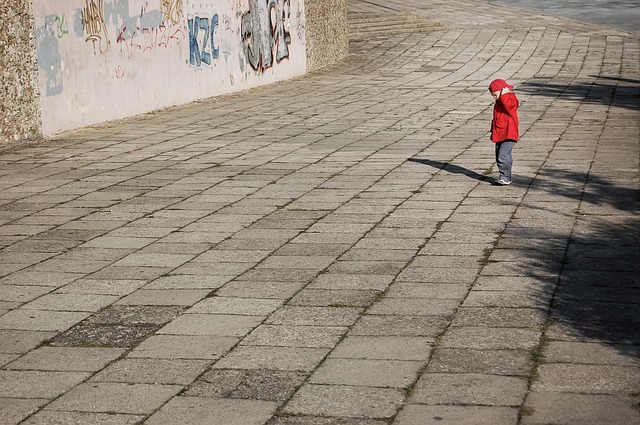Fervent debates continue over how states should rehabilitate juveniles convicted of crimes. Some believe that exposing kids to the rigors of prison life will help them understand the gravity of their actions and prevent futurejuvenile crime. Others maintain that jailing kids does nothing to deter crime and only advances the likelihood that they will be criminals as adults. Further, they believe that children are more likely to be abused while in confinement.
A new report by the Annie E. Casey Foundation exemplifies these concerns. Entitled, “No Place for Kids: The Case for Reducing Juvenile Incarceration,” the report incorporates a number of findings indicating that large-scale incarceration of juvenile offenders is not the best strategy for combating youth crime. The findings illustrate the following points about incarceration:
It does not reduce future offenses by juveniles: Recidivism rates are very high, with nearly 75 percent of youth being arrested again within three years. A majority are convicted of a new offense.
Incarceration does not enhance public safety: The study highlighted states where reduced confinement rates resulted in fewer juvenile violent crime arrests. This was in contrast to states where incarceration rates increased.
It is a questionable investment of taxpayer dollars: As states continue to spend more money on incarceration in light of budget crises, more evidence suggests that alternative in-home or community-based programs can deliver equal or better results for a fraction of the cost.
Incarceration exposes youth to violence and abuse: The study also reported that one in eight confined youth reported being sexually abused by staff or other youth, and a 2010 report indicated that nearly half of those polled feared physical attacks.
In contrast, New Jersey has strongly supported juvenile detention alternative initiatives (JDAI). Another Casey Foundation report indicates that 15 counties throughout the state have implemented JDAI, 11 of them with secure juvenile detention centers. Average daily population at 12 sites had decreased by more than 51 percent, compared to the year prior to JDAI implementation. On any given day, 381 fewer youth are in secure detention statewide, with youth of color accounting for just over 90 percent of the decrease. Those successes led five counties to close their detention centers and enter into agreements with other counties to house their youth, saving millions of dollars.
If your child has been charged with a crime in New Jersey, it is important to know how the juvenile system works and the different methods of rehabilitation that are available. An experienced criminal defense attorney can advise you.
